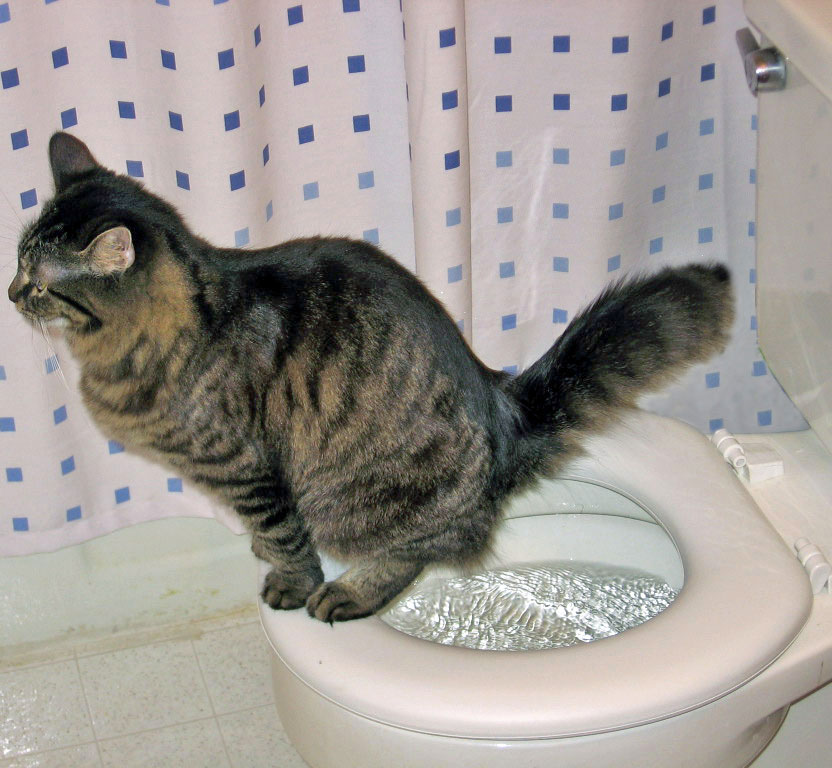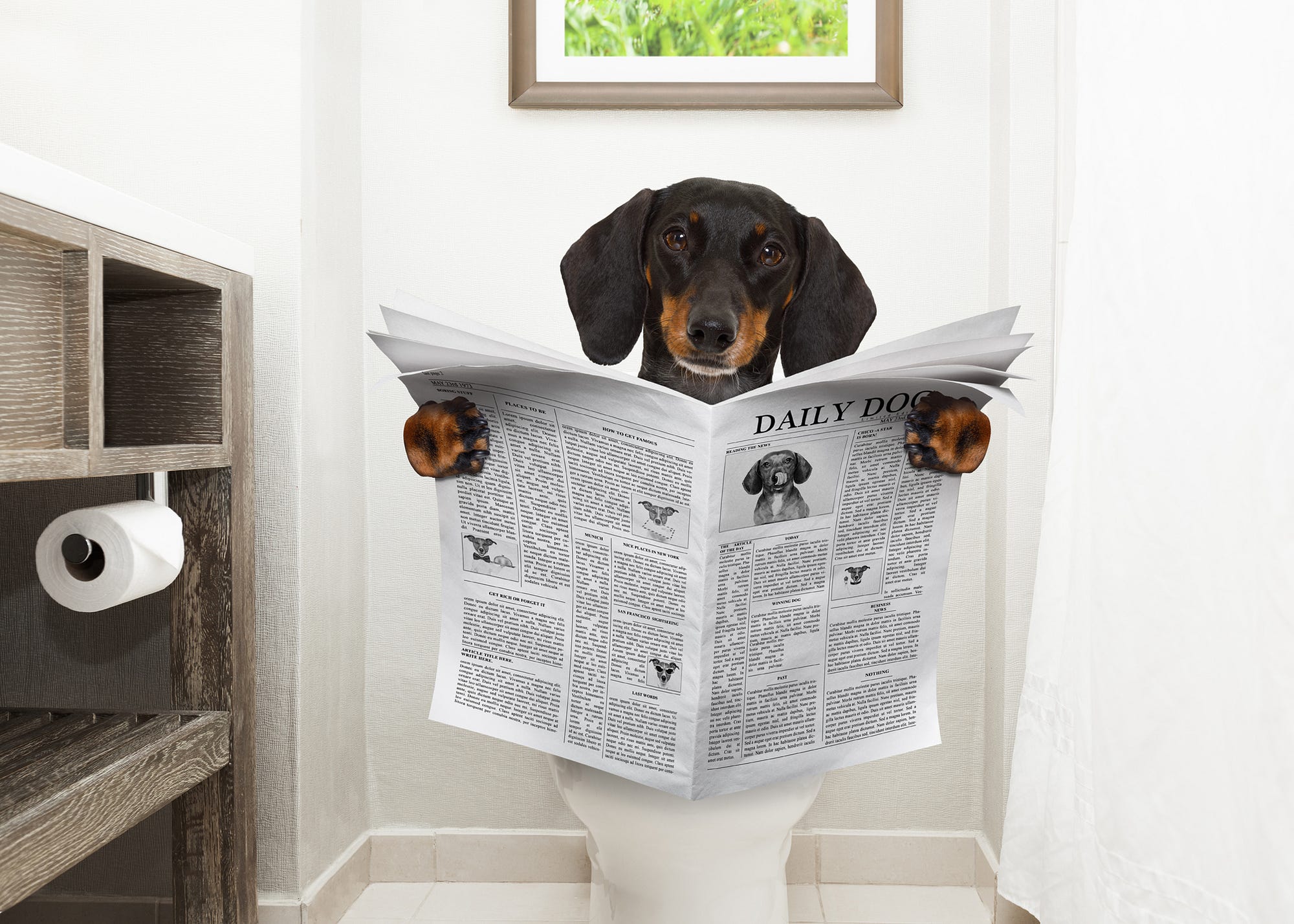Reasons Why You Should Never Dispose of Animal Waste Down the Toilet
Reasons Why You Should Never Dispose of Animal Waste Down the Toilet
Blog Article
The publisher is making a few good points regarding Can You Flush Dog and Cat Poo Down the Toilet? in general in this great article followed below.

When it involves throwing away waste, particularly animal waste, many individuals commonly resort to the convenient alternative of flushing it down the bathroom. However, this seemingly easy service can have serious consequences for the atmosphere and public health. In this short article, we'll discover why flushing animal waste down the toilet is a bad concept and supply alternative techniques for appropriate disposal.
Intro
Correct waste disposal is crucial for maintaining environmental sustainability and public health. While it might seem safe to purge animal waste down the commode, it can cause various problems, both for the setting and human wellness.
Threats of flushing animal waste
Ecological impact
Purging pet waste presents unsafe bacteria and virus right into rivers, which can adversely impact water communities. These microorganisms can pollute water resources and harm aquatic life, interrupting fragile ecological communities.
Public health problems
Animal waste consists of dangerous germs such as E. coli and Salmonella, which can position severe health dangers to people. Flushing animal waste down the commode can contaminate water materials, leading to the spread of diseases and infections.
Alternatives to flushing
As opposed to flushing pet waste down the commode, there are numerous alternate disposal approaches that are extra eco-friendly and hygienic.
Composting
Composting pet waste is an environmentally friendly way to deal with it. By composting, raw material is broken down right into nutrient-rich dirt, which can be utilized to feed yards and plants.
Landfill disposal
Dealing with animal waste in a land fill is an additional alternative. While not as environmentally friendly as composting, it is a safer choice to flushing, as it prevents the contamination of water sources.
Animal waste disposal systems
There are specific animal waste disposal systems available that safely and hygienically take care of animal waste. These systems frequently utilize enzymes to break down waste and get rid of smells.
Steps to correct pet garbage disposal
To make certain appropriate disposal of animal waste, adhere to these actions:
Scooping and nabbing waste
Regularly scoop and bag animal waste utilizing biodegradable bags. This prevents waste from polluting the environment.
Using marked waste bins
Dispose of bagged animal waste in assigned waste bins, such as compost containers or land fill bins. Avoid flushing it down the commode at all prices.
Cleaning up litter boxes and family pet locations regularly
Consistently tidy litter boxes and pet dog locations to avoid the build-up of waste and germs. Usage pet-safe cleansing products to preserve health.
Benefits of correct disposal methods
Embracing correct disposal techniques for pet waste supplies several benefits:
Minimized environmental pollution
Correct disposal techniques decrease the risk of environmental pollution, shielding waterways and ecosystems from contamination
Reduced danger of water contamination.
By preventing flushing animal waste down the toilet, the risk of water contamination is dramatically decreased, securing public health.
Enhanced sanitation and health
Proper disposal techniques advertise better sanitation and hygiene, producing a more secure setting for both people and animals.
Conclusion
To conclude, flushing animal waste down the toilet is hazardous to the atmosphere and public health. By embracing different disposal approaches and complying with appropriate waste administration methods, we can lessen the negative influence of animal waste and contribute to a cleaner, healthier planet.
What To Do With Dog Poo – The Do's And Don'ts Of Disposing Of Faeces
Dog poo bins
Some councils provide dedicated dog waste bins in popular dog-walking areas that can take dog poo that has been bagged but you can legally dispose of dog waste in any public litter bin, as long as it is securely bagged. This also applies to your wheelie bin at home.
Do not flush
Water companies do not recommend flushing dog faeces down the toilet because certain parasites can survive the water processing treatment and are potentially harmful to humans. You should also never consider flushing dog poo that has been bagged down the toilet as the bags will not break down and instead create severe blockages in the sewage system.
In the woods
The Forestry Commission promotes a ‘stick and flick’ method for dealing with waste in the woods. This means finding a stick and using it to flick any poo from off the path so that it is out of the way of other walkers. You could also bury it as long as it is not in an area where there might be livestock.
Livestock
Parasites found in dog poo can be transmitted to livestock if they inadvertently eat infected faeces that has been left on grazing land. This could result in the death of sheep or abortion in cattle so you should always make sure you pick up your dog’s waste in fields where livestock could be present.

Consistently tidy litter boxes and pet dog locations to avoid the build-up of waste and germs. Usage pet-safe cleansing products to preserve health.
Benefits of correct disposal methods
Embracing correct disposal techniques for pet waste supplies several benefits:
Minimized environmental pollution
Correct disposal techniques decrease the risk of environmental pollution, shielding waterways and ecosystems from contamination
Reduced danger of water contamination.
By preventing flushing animal waste down the toilet, the risk of water contamination is dramatically decreased, securing public health.
Enhanced sanitation and health
Proper disposal techniques advertise better sanitation and hygiene, producing a more secure setting for both people and animals.
Conclusion
To conclude, flushing animal waste down the toilet is hazardous to the atmosphere and public health. By embracing different disposal approaches and complying with appropriate waste administration methods, we can lessen the negative influence of animal waste and contribute to a cleaner, healthier planet.
What To Do With Dog Poo – The Do's And Don'ts Of Disposing Of Faeces
Dog poo bins
Some councils provide dedicated dog waste bins in popular dog-walking areas that can take dog poo that has been bagged but you can legally dispose of dog waste in any public litter bin, as long as it is securely bagged. This also applies to your wheelie bin at home.
Do not flush
Water companies do not recommend flushing dog faeces down the toilet because certain parasites can survive the water processing treatment and are potentially harmful to humans. You should also never consider flushing dog poo that has been bagged down the toilet as the bags will not break down and instead create severe blockages in the sewage system.
In the woods
The Forestry Commission promotes a ‘stick and flick’ method for dealing with waste in the woods. This means finding a stick and using it to flick any poo from off the path so that it is out of the way of other walkers. You could also bury it as long as it is not in an area where there might be livestock.
Livestock
Parasites found in dog poo can be transmitted to livestock if they inadvertently eat infected faeces that has been left on grazing land. This could result in the death of sheep or abortion in cattle so you should always make sure you pick up your dog’s waste in fields where livestock could be present.

We had been made aware of that editorial about Don't Flush Your Pets Poo Down The Loo, Vet Warns through an associate on our other website. Are you aware of another individual who is serious about the subject? Do not hesitate to promote it. Kudos for your time. Please stop by our site back soon.
Go Deal Now Report this page